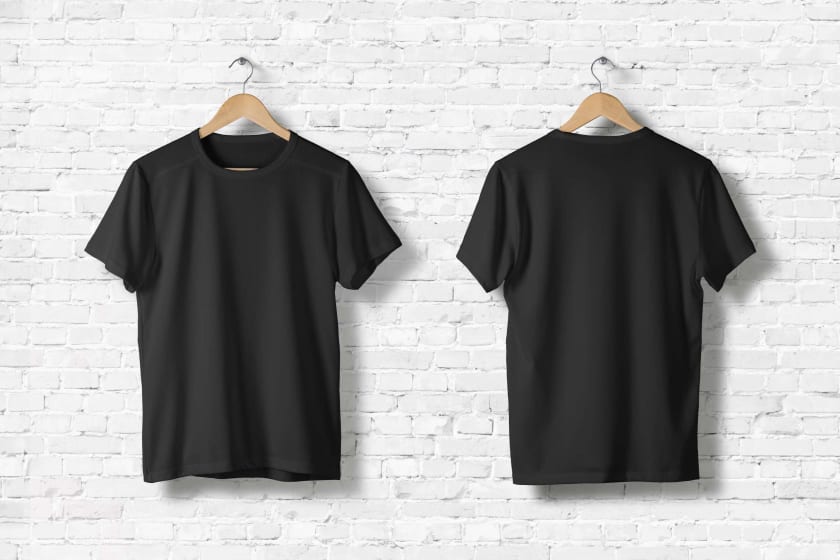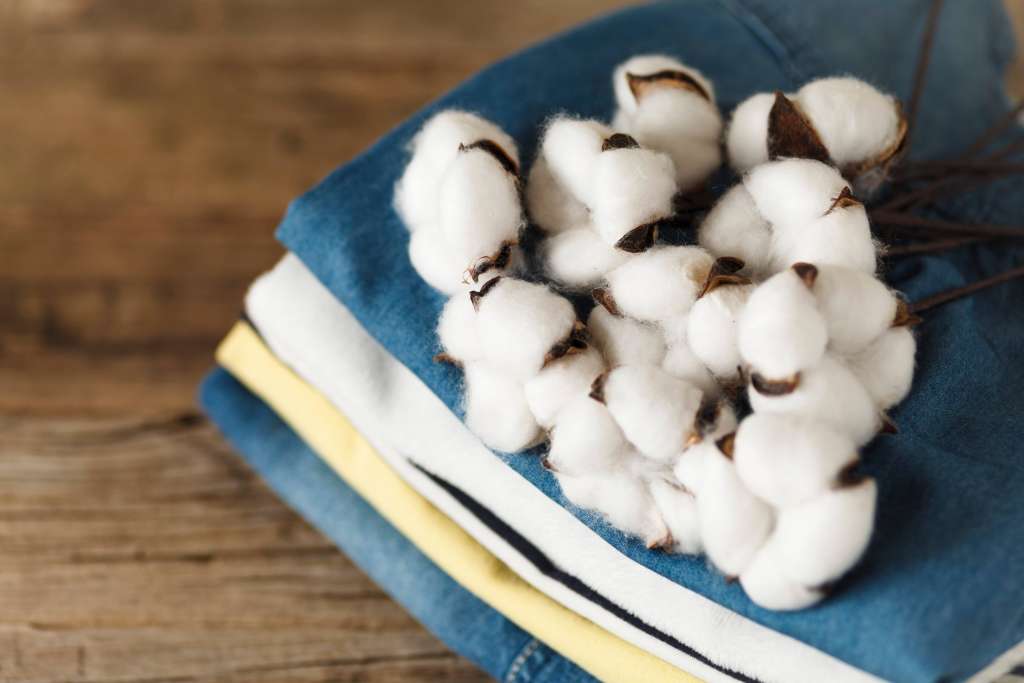From Cotton To Customer: How T-Shirts Are Made?



Introduction
Although various fabrics are used to make t-shirts, cotton is the most popular and widely utilised one globally. Cotton is simple to dye and retains its colour well. Additionally, it blends nicely with other fibers like elastane.
Due to the ease and flexibility of the garment, almost everyone has at least one cotton t-shirt in their wardrobe. Nobody really thinks about the t-shirt's origin or how it wound up in our wardrobe, though. This article will walk you through the process of making humble cotton t-shirts in the present age.
T-shirts come in sizes for almost everyone, from newborns to senior citizens. The child's weight and age determine toddler sizes. In fact, the apparel industry manufactures t-shirts with shoulder openings with buttons to account for infants' larger heads. Likewise, one can classify adult sizes as small, medium, large, and extra-large.
T-shirts have grown into a two-billion-dollar industry since 1920. They come in various hues, designs, and necklines. They may have capped, yoked, raglan, or long sleeves and trim with ornamental elements and pockets. With heat transfers or custom screen prints, t-shirts are popular apparel for displaying one's preferences and allegiances.
Steps for manufacturing t-shirts
1. Sourcing of raw materials
Farmers use enormous cotton harvesting equipment to gather cotton balls from the fields. By mechanically twisting the cotton away from its stem, this machine eliminates the need for manual labor.
The plucked cotton is transferred from the field to a "cotton gin." This gin resembles a large motor and separates the cotton fibers from the seeds. The processed cotton is then delivered to a warehouse for storage. The cotton remains there until a textile mill buys it. At the mill, it undergoes further processing.
2. Processing of raw material
At the textile mill, the fibers from the cotton bales are twisted at a rate of up to 2,500 revolutions per second. This procedure creates a yarn, a string of interlocking fibers used in knitting, weaving, and other textile-related fields.
Then, using a looming machine, these yarns are stitched together. This machine imitates the traditional hand-weaving operations, albeit considerably more quickly. A knitted fabric known as a "grey product" is produced by the weaving process. It later undergoes chemical and thermal treatment before being prepared for printing.
3. Printing of the processed raw material
Cotton is a natural fiber; hence, printing on it needs to be done by either pigments or reactive dyes. A sizable printer goes back and forth across the fabric. While doing so, it deposits pigments using pigment printing. The chosen colors are built up in layers and then applied to the surface like a painting.
Reactive printing is a technique that produces incredibly vivid colors by combining dye, water, pressure, and heat. After washing and pre-treating the fabric, an inkjet printer embeds the dye deeply into the cotton fibers. High-pressure steam binds everything together to ensure durability.

4. Cutting and sewing of printed material
Printing the design onto the fabric before cutting has given manufacturers much more creative freedom. Previously, large-scale printing after cutting onto clothes methods was far more challenging to execute.
Using a specialized machine that delivers a high degree of precision, the garment's shape is cut from the larger textile sheet during the cutting process. Hand stitching is used to make the finished item and sew the t-shirt outlines together.
Some of the important steps involved in cutting and sewing are as follows:
Back and front assembly
The individual pieces for the back and front sections of cloth that are not tubed are stitched along the sides. Using an overedge stitch, they are linked along the seams to create a straight, thin, overlaid seam. Needles are carefully prevented from cutting the fabric's yarn to avoid the cloth tearing.
Sleeves
As it is simpler to hem the flat cloth, sleeves are completed first before fitting into the garment. The sleeves reach the sewing head via an automated mechanism.
Completing the edge involves applying a band, folding to create a hem, and sewing it. The band might be bound across the border or affixed as a superimposed seam.
Pockets
Casual t-shirts may have pockets sewn on. Better t-shirts will interline the pocket to keep the pocket from losing shape. The interlining is inserted as the pocket is stitched onto the front of the t-shirt.
Automated setters may attach pockets to clothing. Here, the worker arranges pieces of fabric while the setter places the purse and sews the seam mechanically.
Neckband
The neck edge should have a circumference lesser than the outside edge where it is sewn to the garment in crew neck t-shirts. Therefore, the neckband should be stretched enough to avoid bulging.
Manual application of tubular neckbands is required. The bands are aligned with the neckline, folded on the wrong sides, and slightly stretched. An overedge stitch is used to stitch the overlaying seam.
Different types of necklines can feature bound seams. Ribbed fabric is fed through machines that fold it and applies tension as part of the process.
Label
Typically, a label or several labels are sewn onto the inner neckline. The maker, size, fabric composition, and instructions for washing are all disclosed on labels.
Shoulder seams
Shoulder seams typically call for a straightforward overlaid seam. Manufacturers of higher quality t-shirts may use tape or elastic to strengthen seams. Depending on the t-shirt design, the shirt's shoulder seams may be finished either before or after the neckband is fastened. For instance, the shoulder seams must first be sealed if a tubular neckband is to be placed.
Hem
The hem of the garment is frequently stitched using an overedge stitch, creating a flexible hem. The stitch should be loose enough to permit stretching of the garment without causing fabric damage. Edge finishing stitches are used in tandem with other hem styles.
5. Finishing touch

Steam tunnels may be used to press the high-quality t-shirts prior to packaging. The type of t-shirt and the desired distribution outlet determine the packaging. The shirts are then folded and placed inside pre-printed bags. These bags are typically made of transparent plastic and contain information about the garment. To keep their shape during shipping and on the shelf, shirts can be folded or boarded around a piece of cardboard. This step also helps to pack them into cartons in dozens.
6. Quality control of the final product
Federal and international regulations govern the majority of textile manufacturing operations. Manufacturers may also impose rules on businesses.
The t-shirt market is subject to stringent standards. These standards cover things like proper fit and sizing, suitable seams and needles, the number of stitches per inch and stitch kinds.
The garment must be able to stretch without the seam being broken. Hence, the stitches must be loose enough. Hems must be wide and flat enough to keep them from curling.
T-shirts must have their necklines properly applied and lie flat on the body. Additionally, the neckline needs to heal correctly after being gently stretched.
The bottom line
Since t-shirt production has undergone substantial advancement over the past century, production times are now faster than ever while quality has remained consistently excellent. You'll be now aware of the clothing's journey from the cotton fields to your wardrobe the next time you put on your favorite cotton t-shirt!
Visit Fashinza today for more tips on enhancing the t-shirt manufacturing process and insights on recent trends in the industry!




















